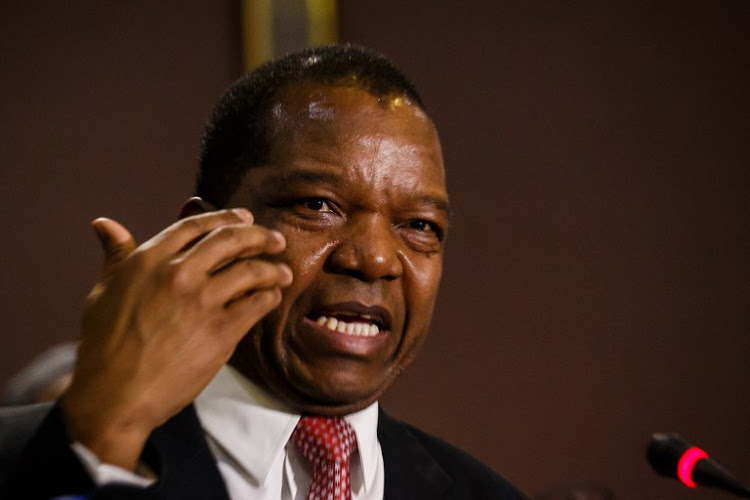RESERVE Bank of Zimbabwe governor John Mangudya presented his Monetary Policy Statement on Thursday, which was a hotchpotch of the good and the bad — but economic realities on the ground are pointing to a sad state of affairs.
The government’s own Zimbabwe National Statistics Agency says 76% of the economy is now trading in United States dollars.
Facts are stubborn. Policymakers and bureaucrats in this country have an unhelpful tendency of burying their heads in the sand. It is scandalous that employers — both the government and the private sector — are still expecting workers to survive on Zimbabwe dollar salaries in this tough economy.
How are people surviving on worthless wages in a country saddled with the highest inflation rate in the world? Food price inflation is the highest on the planet. Rentals, school fees and most goods and services require payment in foreign currency.
Even current trends in the banking sector clearly testify to an economy that has long abandoned the troubled Zimdollar. Forex-denominated deposits and loans now constitute 65% of total financial sector deposits.
The US dollar economy has grown significantly in the last two to three years. What are the ramifications? Some economic commentators are convinced that a confluence of factors could soon lead to the ratcheting up of nostro inflation. There is no gainsaying the heightened political risk associated with an election year.
In the coming months, decisions made by political leaders and bureaucrats will not always be informed by the national interest, but are likely to be motivated by power-retention calculations.
Good news is scant in these dreary times, of course, but Mangudya should be commended for increasing the export retention threshold from 60% to 75%.
Exporters have perennially complained that forcing them to surrender the 40% forex balance at the official exchange rate was tantamount to daylight robbery.
And their anger was justified. Mangudya must go a step further by totally removing these forex retention distortions in the economy.
In this treacherous environment, hard-pressed companies need every US dollar they generate, in view of rapidly escalating overheads and an energy crisis that is eroding profitability.
Armtwisting exporters to hold on to volatile Zimdollars is fueling harmful distortions. But export competitiveness will only be achieved through viable policies. It is a source of collective national agony that even though Zimbabwe earned US$11.6 billion in forex inflows in 2022 — a record feat — the economy is still gasping for fresh air.
The situation calls for policy consistency, prudent stewardship and the upholding of the national interest.

